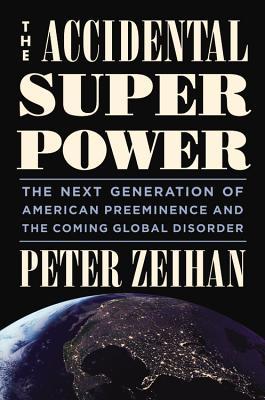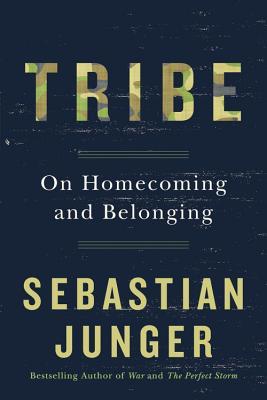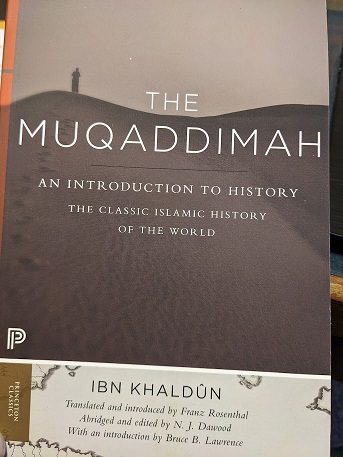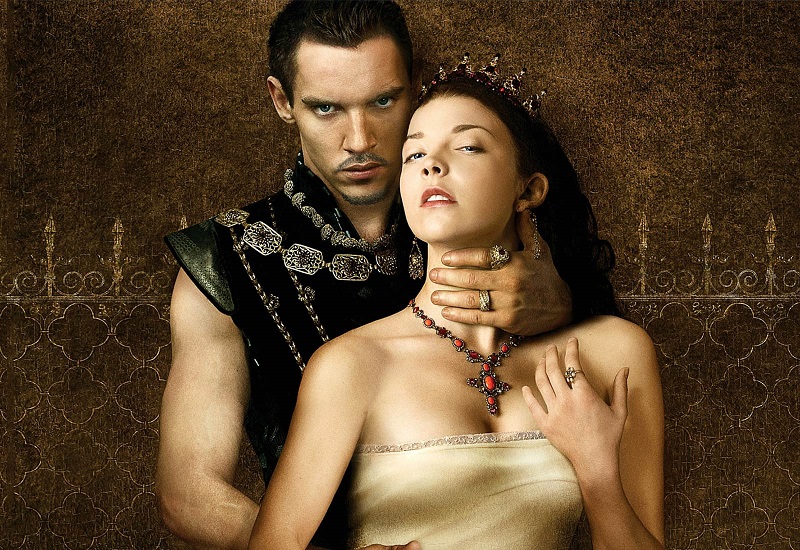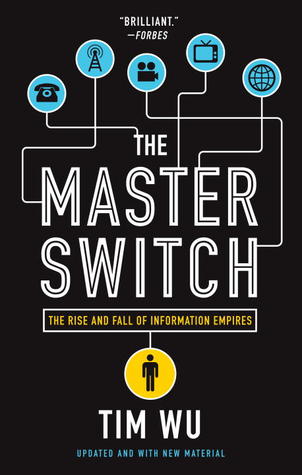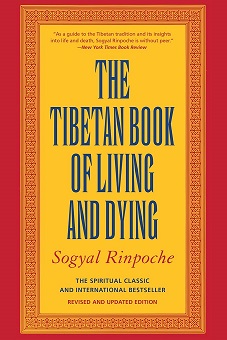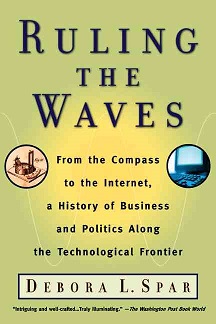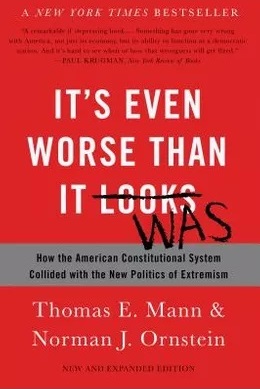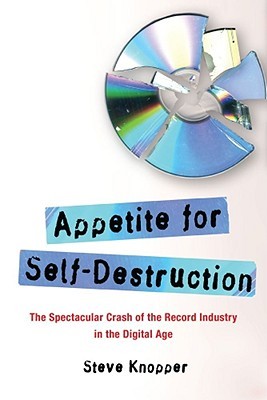Strategy Review: The Accidental Superpower
There’s a certain genre of popular nonfiction which I really enjoy, one where scholarly intellectuals develop a grand strategic theory to explain the state of the world. I have reviewed a number of them over the years on this blog, and inevitably I tie them in to my favorite grand theory of all, the generations theory of William Strauss and Neil Howe. I mean, logically, if different scholars find different patterns in social, political and military history, then those patterns can be compared and related to one another. These different thinkers might be looking at the same patterns from different perspectives.
The latest work in this genre that I’ve picked up is The Accidental Superpower by Peter Zeihan, who is a geopolitical analyst who emphasizes the importance of geography and demography in determining the fate of nations. The Accidental Superpower was published in 2014, and already has multiple follow up books which I might also read, though I thought that this one alone provided many great insights into the power dynamics of the world today.
Zeihan starts with a quick survey of the rise of human civilization with important technological turning points, leading up the emergence of the United States as a global power. As Zeihan sees it, the United States is fated to superpowerdom (that’s the “accident” of it) by geographic advantages: two oceans protecting its flanks, with many excellent harbors on the coasts, and a massive navigable river system in a fertile heartland. These are the features which make it such a wealthy nation. It’s not its culture or its system of government which make it wealthy; it’s the wealth which makes its culture and government even possible. It’s because of the vast supply of capital that comes with low transport and security costs that the U.S. can have a free-wheeling capitalist society. At least that is how I understood the argument.
Another consequence of these advantages is that the United States, at the conclusion of World War II and the start of the Cold War conflict with the Soviet Union, was able to craft a unique postwar order via the Bretton Woods free trade agreements. What this amounts to is a pact between the U.S. and its Cold War allies: we will protect you from the Reds, and you will participate in our free trade regime, which includes access to our markets. The U.S. was able to do this because it had the only big navy left on the oceans (so it could protect the trade routes), and because it has so many economic advantages that it can easily prosper in a non-protectionist, open global market.
At least that’s how it used to be. Now that the Soviet Union is no longer a threat, there is less of a pressing need for the U.S. to maintain the Pax Americana. The U.S. public is wearying of the costs of this maintenance, including the economic costs to the domestic labor market (read: loss of manufacturing jobs and lack of wage growth because the labor market has gone global). This is the familiar story of the recent long era of economic growth and relative world peace, accompanied by growing popular discontentment at fading economic prospects, culminating, so far, in an era of grievance-ridden political strife.
Zeihan avoids discussing domestic U.S. politics. In fact, he spends most of his book analyzing the state of affairs in other countries around the world, and concluding that none of them will fare as well in the near future as the United States will. The era of globalization sustained by Bretton Woods will wind down (is winding down), and a more chaotic era (which Zeihan calls “the coming disorder”) will result. In this disordered world the U.S. will remain preeminent, thanks to its geographic advantage.
Zeihan does discuss generations, but only in the demographic sense, not in the Strauss and Howe sense which explains changes in social mood and social priorities. For Zeihan, the importance of generations is in how they participate in the economy at different phases of life: young adults drive consumer spending, mid-lifers are the capital holders who provide a tax base, and children and the elderly are both burdens. For a healthy economy, you really don’t want an “inverted age pyramid,” where the elderly population is larger than the population of young and mid-life adults trying to sustain them. Luckily for the United States, it has the advantage there as well, with higher fertility rates and more immigration than other developed nations have.
For Zeihan, globalization came about because of the security needs of the United States vis-à-vis the Soviet threat. With that threat gone, globalization will come to an end. He was writing this before Trump’s challenge to NATO, before Brexit and before the pandemic, all events which have held up this prediction. Using demographics, Zeihan predicts that with Boomers retiring and Gen Xers replacing them as the tax base, capital will become dear and financial markets will suffer: another prediction held up by current events.
Again, Zeihan focuses on geopolitics and demography. He doesn’t get much into culture or domestic U.S. politics. What generations theory (in the Strauss & Howe sense) could add to his thinking is the idea that after the Great Financial Crisis in 2007-08, there was a shift in the social mood. Americans were past a tipping point and no longer receptive to an open and interconnected world. The free trade regime of Bretton Woods, set up by older generations as an expression of American power and prestige, was now seen by new generations as corrosive to American cultural integrity and economic security. The long boom of economic growth and rising asset valuations of the ’90s and ’00s was now seen as the product of excessive risk-taking. In this new era, spooked financial markets avoid risk, and we depend on central banking monetary policy and government stimulus to sustain economic growth, tools which at this point have exhausted their potential.
Generational theory draws on cultural and attitudinal explanations for shifts in social behavior, and these ideas dovetail well with Zeihan’s more strictly material viewpoint. Generational theory even offers an explanation for the end of the Bretton Woods regime and the coming disorder: it’s the inevitable decay of an institutional framework that accompanies the progression of generations. It’s the long arc of the generational cycle, and though the previous order is now crumbling, out of the disorder some new regime will emerge.
Before concluding this review, I would like to connect some of Zeihan’s thinking to other strategists I have reviewed on this blog. One of them is legal scholar Philip Bobbitt, whose idea of the “market-state” has been covered here multiple times. Bobbitt claims that a new constitutional order is emerging to replace the nation state, one in which markets have more power than governments. Now, it seems quite possible that this idea of a new order only makes sense in world of globalized free trade, which we now have reason to believe is coming to an end.
So maybe the nation state will have a chance to make a comeback. Or, as I speculated in one post, a new constitutional order will emerge which is like the nation state, but adapted to the new strategic environment. This certainly makes sense in a scenario of global disorder following U.S. withdrawal from its role as the free world’s security guarantor. All the nations scramble to get their footing and find a way that works. But then there’s the question of the coalition supporting Ukraine’s defense against Russia’s invasion, led by the United States. It suggests that the U.S. is maintaining its security role, even as global trade is being severely disrupted. But that might not last; President Biden, who represents the old generation and the old order, could soon be replaced by a MAGA leader. The balls are all up in the air.
One final note on the market-state: Bobbitt defined different flavors of this constitutional order. To wit: an individualistic “entrepreneurial” kind, which the United States has; a “managerial” kind with more state control, which is typical of European countries; and a “mercantile” version with protected domestic markets, which is what Japan has. I bring this up because Zeihan’s descriptions of the geographical foundations of nations’ economies goes a long way to explain why there are different flavors of the market state. The capital rich U.S. can afford a more entrepreneurial mode of life, whereas nations without all the geographic and resource advantages that the U.S. has need more regulation and government control. Zeihan’s geography-based model of national fortune is very powerful, and probably the best thing I got out of reading his book.
The other strategist I was reminded of when I read The Accidental Superpower is Thomas P. M. Barnett, who wrote The Pentagon’s New Map about a decade earlier. Barnett is a military strategist who developed a geopolitical theory that divided the world into a “Functioning Core” of stable states and a “Non-Integrated Gap” of failed states. He looked at the history of post-Cold War American military interventions (going back to Panama in 1989, technically on the cusp of the Cold War), and concluded that the U.S. faced a new post-Cold War mission of integrating the Gap states into the Core. He tried to map out a blueprint for how the U.S. could succeed at this mission, sort of a new phase of Pax Americana and maintenance of the global free trade regime. He critiqued how President Bush was handling it with the Iraq War, noting that the key was bringing in a strong alliance network for long-term post-conflict stabilization; unilateral regime-toppling was not enough.
In the mid-2000s, with 9/11 still fresh in memory, there was this kind of heady excitement about the projection of American power in the upper echelons of government and the military. It made Barnett’s kind of expansive strategic thinking possible – I recall in his book that he described himself as a “cockeyed optimist.” There really was a hope of bringing democracy and capitalism online in far-flung places and crafting a world where globalization worked for everyone. Now that the U.S.’s Middle Eastern military adventures are seen as a Vietnam-like failure, Barnett’s star has faded, though I have heard he is working on a new book.
One thing that Barnett and Zeihan have in common is that they are both Gen Xers, though about ten years apart in age. Barnett is early wave, and seems to have inherited a little bit of Boomer idealism. Peter Zeihan, on the other hand, is very much the pragmatist. He comes across to me as a hard-headed, just the facts, tell it like it is practical thinker, and his vision of the future is more pessimistic than Barnett’s. There won’t be a next wave of globalization, simply because it is not a strategic imperative for the one power on Earth that might bring it about.
As I mentioned, Zeihan has followed up The Accidental Superpower with a few other books. He also has a web site, “Zeihan on Geopolitics,” and is very active on Twitter, where these days he is focused on the war in Ukraine. He is a smart and knowledgeable guy whose insights are worth checking out.
